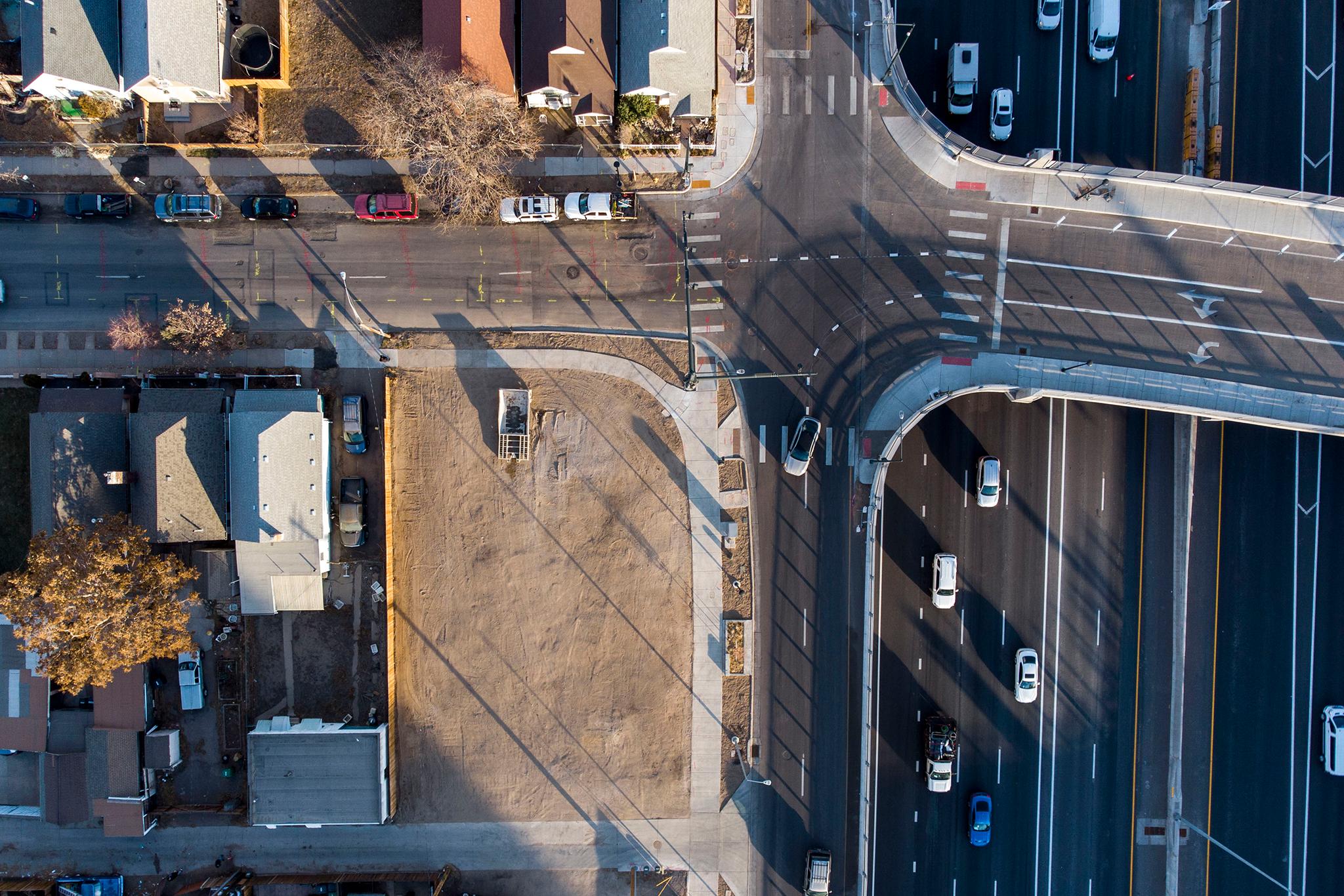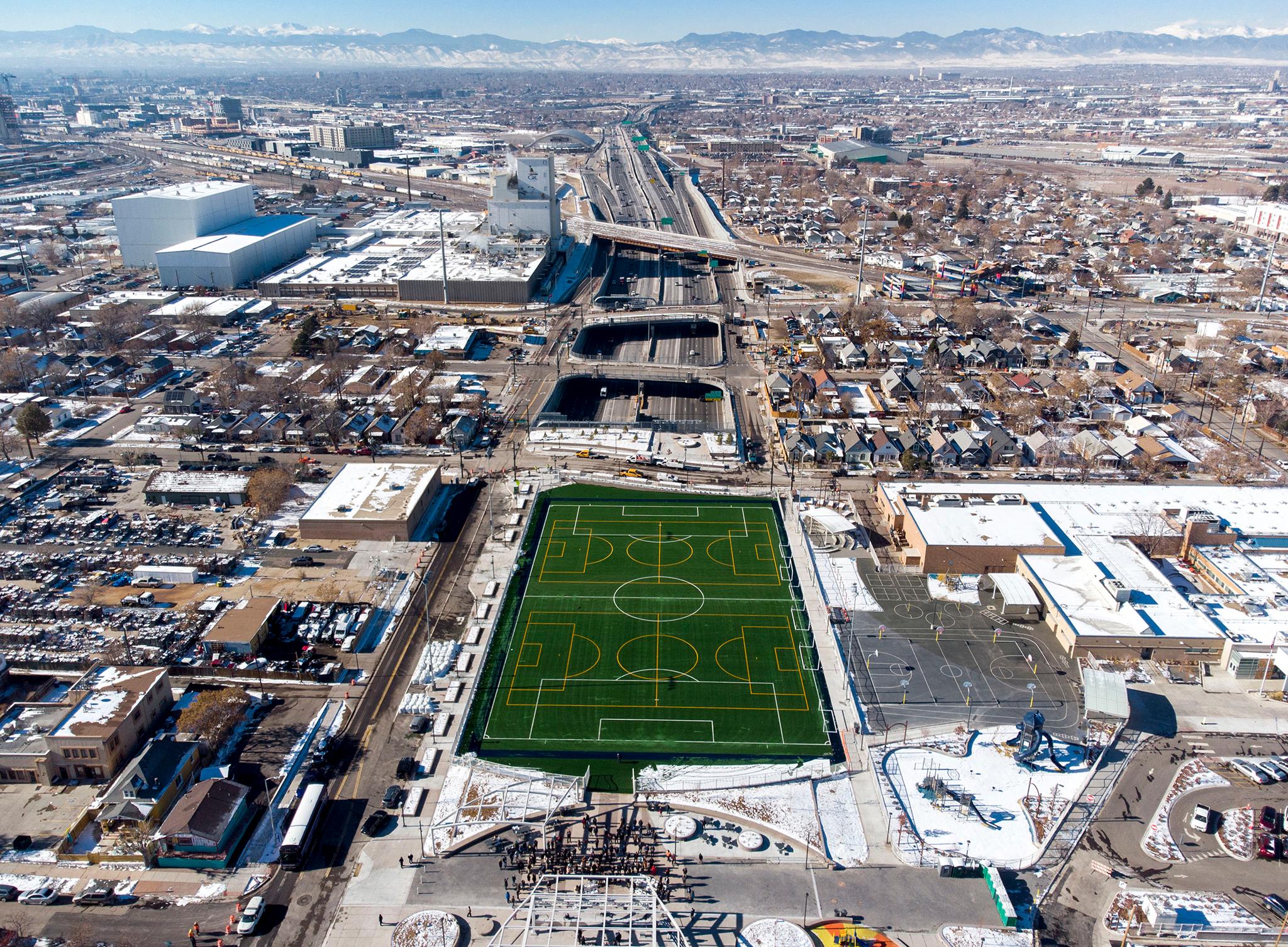In metro Denver, many communities of color have long suspected their white neighbors are breathing cleaner air.
That notion is now supported by new research from the University of Colorado Boulder. A study published Wednesday in the journal Environment Science and Technology confirms that Native American and Latino residents across the metro area tend to live in areas with dirtier air than non-Hispanic white people.
"This is a well-known effect in a lot of different cities," said Alex Bradley, a fourth-year chemistry Ph.D. student and the study's lead author. "The people who live in these communities in Denver? I'm sure they would not at all be surprised by these results."
One finding focused on a type of pollution known as PM 2.5, the technical name for dangerous particulates smaller than 2.5 microns in diameter. In census tracts with a 60 to 65 percent Latino population, it found that concentrations tend to be about 15 percent higher than levels recorded in tracts with less than a 5 percent Latino population.
While the finding might seem obvious to many Denver residents, the study leans on history to explain the discrepancies, pointing to both the impact of housing and transportation policy on local air quality.

The research notes that after World War II, urban planners often plowed highways through communities of color, a practice that's left a legacy of pollution in neighborhoods across Colorado's largest metro region, including Chaffee Park, Globeville and Elyria-Swansea.
Non-Hispanic white residents, for example, make up 59 percent of the area's population, but only 55 percent of people living less than half a kilometer from major roadways, an area generally seen as a "danger zone" for highway pollution. The racial gap grows slightly wider when tracking residents living near roadways with more vehicle and truck traffic.
It's a small difference, but Bradley says it shows communities of color shoulder the burden of dangerous air pollution linked to vehicle and truck tailpipes.
The study also analyzed pollution levels in areas subject to redlining, a racist mortgage appraisal practice used by the federal government after the Great Depression. The researchers found those neighborhoods tended to experience higher levels of both nitrogen oxides and particulates, two categories of well-studied air pollution known to exacerbate respiratory conditions and shorten lives.
Scientists and policymakers have long known that non-white U.S. residents tend to live in areas with higher levels of air pollution.
The CU Boulder researchers suspected the same trend would apply in Denver, but there was some uncertainty due to the large number of pollution sources outside the urban core, such as livestock feedlots, oil and gas operations and wildfires.
To gain clarity, the researchers compiled direct measurements from satellites plus estimates based on vehicle counts on major roadways. An analysis then determined average pollution levels in neighborhoods from Centennial to Broomfield in 2019.Those results lit up the area around northern Denver and southern Adams County, a hotspot for environmental justice advocates who blame poor health outcomes among residents on nearby major pollution sources like Interstate 70 and the Suncor Energy refinery.
By confirming high pollution levels in the area Bradley hopes the in-depth analysis will help build momentum for policies to improve local air pollution.
He said the research suggests policymakers should prioritize cutting emissions from facilities near the most heavily impacted communities.
As for traffic pollution, Bradley said part of the answer is a shift toward public transportation and electric vehicles. Since diesel-powered semi-trucks account for such a large amount of pollution, he added policymakers should consider whether freight traffic should be rerouted through less populated areas.














